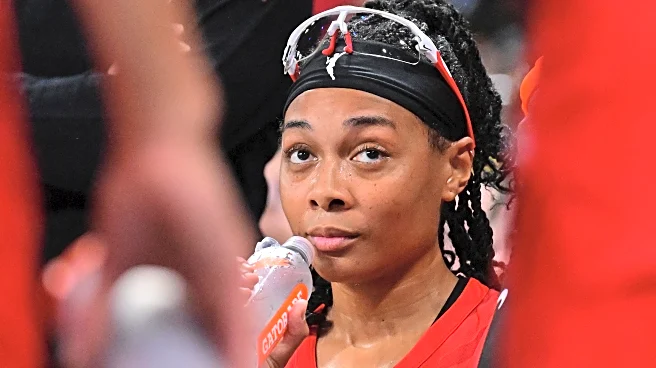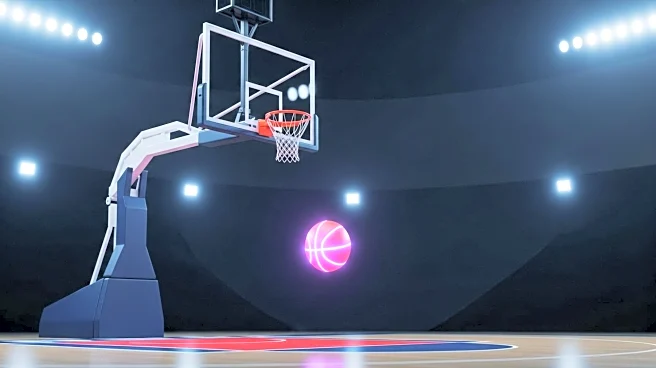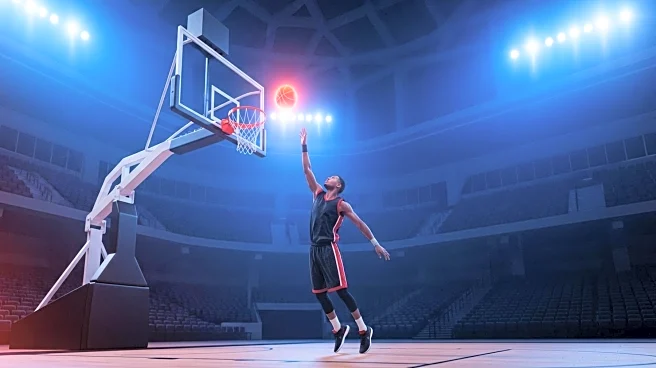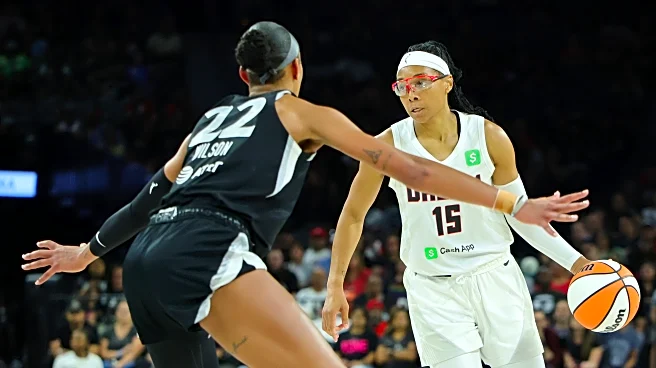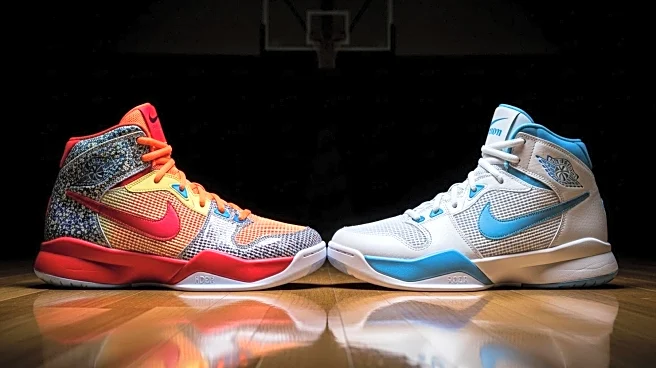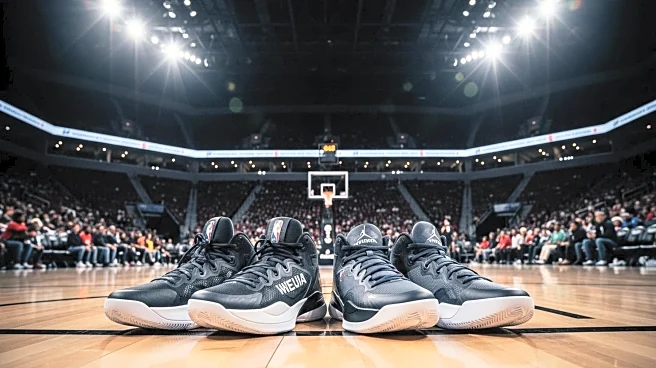What's Happening?
During a recent WNBA game at Gateway Center Arena, the Atlanta Dream faced off against the Las Vegas Aces. The game was significant as it involved two MVP candidates: A'ja Wilson from the Aces and Allisha Gray from the Dream. Despite the Dream being favored at home, the Aces managed to secure a victory, extending their winning streak to 12 games. A notable incident occurred when fans in the Atlanta arena began chanting 'MVP' for A'ja Wilson, the opposing team's star. This prompted Dream guard Rhyne Howard to express her frustration, stating that the lack of support from the home crowd made it feel like an away game for the Dream. Howard emphasized the importance of fan loyalty, especially with the playoffs approaching.
Why It's Important?
The incident highlights the complex dynamics of fan loyalty in sports, particularly when players have connections to local regions. A'ja Wilson's popularity in Georgia is partly due to her college career at South Carolina, which borders Georgia. This situation underscores the challenges teams face in maintaining home-court advantage when local allegiances are divided. For the Dream, the lack of support could impact their performance and morale as they approach crucial playoff games. The broader significance lies in how fan behavior can influence team dynamics and potentially affect the outcome of games, emphasizing the role of community support in sports.
What's Next?
As the WNBA season progresses towards the playoffs, the Atlanta Dream will need to address the issue of fan support to ensure a strong home-court advantage. This may involve engaging with local fans and fostering a sense of loyalty to the team. The Dream's management and players might consider outreach initiatives to strengthen community ties and encourage fans to rally behind their team. Additionally, the team will focus on maintaining their competitive edge and securing a favorable position in the playoffs, where fan support can be a decisive factor.
Beyond the Headlines
The incident raises questions about the cultural and regional influences on sports fandom. It highlights how players' college affiliations can impact professional team support, suggesting a deeper connection between collegiate and professional sports. This could lead to discussions on how teams can leverage these connections to build stronger fan bases. Furthermore, it reflects the broader societal trend of individual player popularity sometimes overshadowing team loyalty, which could influence marketing strategies and fan engagement efforts in the sports industry.


